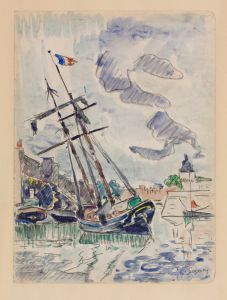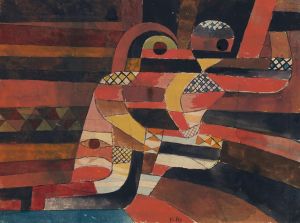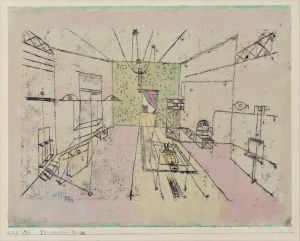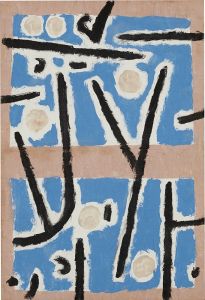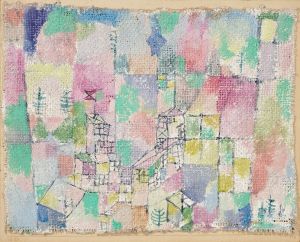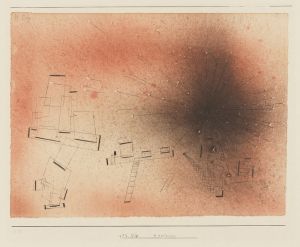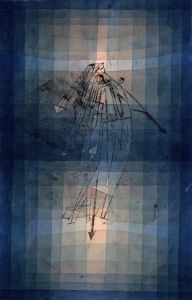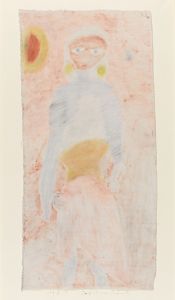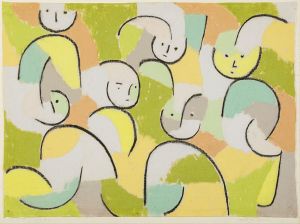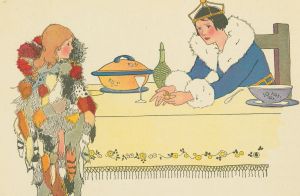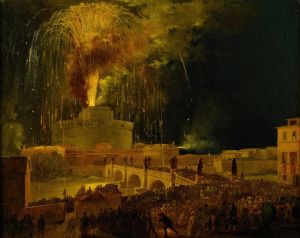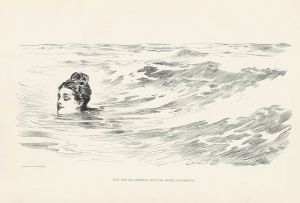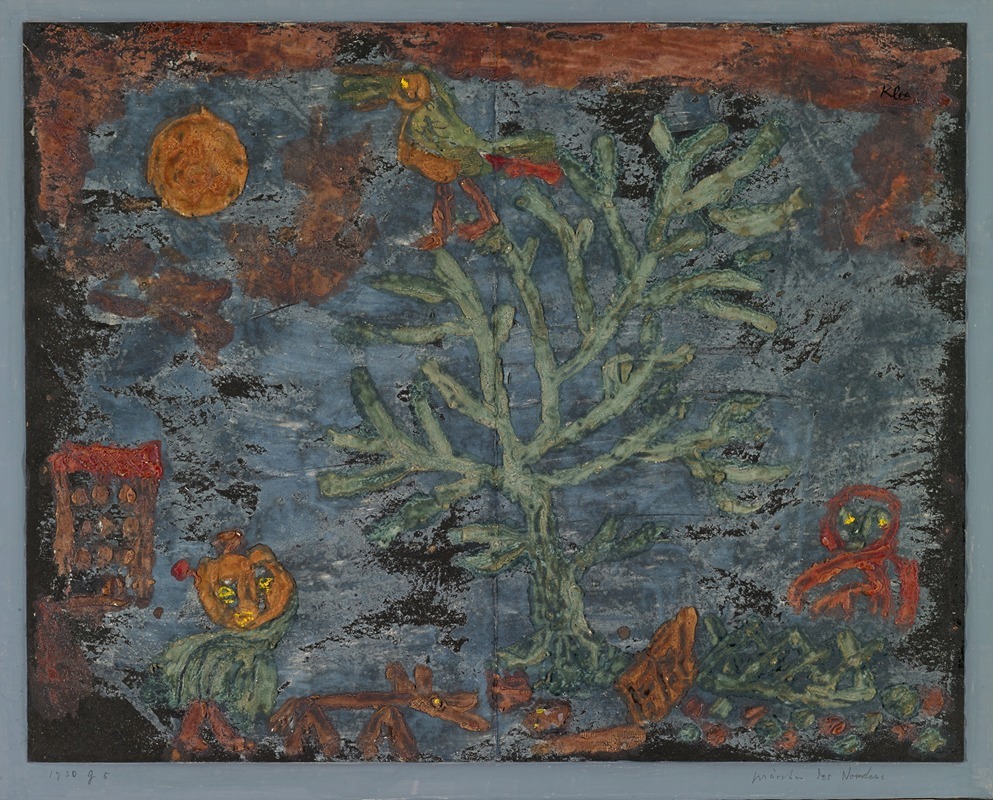
Nordic Fairy Tale
A hand-painted replica of Paul Klee’s masterpiece Nordic Fairy Tale, meticulously crafted by professional artists to capture the true essence of the original. Each piece is created with museum-quality canvas and rare mineral pigments, carefully painted by experienced artists with delicate brushstrokes and rich, layered colors to perfectly recreate the texture of the original artwork. Unlike machine-printed reproductions, this hand-painted version brings the painting to life, infused with the artist’s emotions and skill in every stroke. Whether for personal collection or home decoration, it instantly elevates the artistic atmosphere of any space.
Paul Klee's "Nordic Fairy Tale" is a notable work by the Swiss-born artist, created in 1920. Klee, a key figure in the development of modern art, is renowned for his unique style that blends elements of expressionism, cubism, and surrealism. His works often reflect a deep interest in color theory, and he was known for his ability to convey complex ideas through simple forms and vibrant colors.
"Nordic Fairy Tale" is a part of Klee's exploration of fairy tales and mythology, themes that frequently appear in his work. This painting is characterized by its abstract forms and the use of a muted color palette, which is somewhat atypical for Klee, who often employed bright and bold colors. The composition of "Nordic Fairy Tale" suggests a whimsical and dreamlike quality, which is a hallmark of Klee's artistic vision. The painting's title indicates an inspiration drawn from Northern European folklore, though Klee's interpretation is abstract rather than literal.
Klee's work during this period was influenced by his experiences during World War I and his subsequent return to Germany, where he joined the Bauhaus school of art and design in 1921. The Bauhaus was a revolutionary institution that sought to unify art, craft, and technology, and Klee's involvement there had a significant impact on his artistic development. His teaching at the Bauhaus allowed him to further explore his theories on color and form, which are evident in "Nordic Fairy Tale."
The painting reflects Klee's interest in the intersection of the natural and the fantastical. The abstract shapes and forms in "Nordic Fairy Tale" can be seen as a representation of the mystical landscapes and creatures found in fairy tales. Klee's use of line and form creates a sense of movement and rhythm, inviting viewers to engage with the painting on an imaginative level.
"Nordic Fairy Tale" is housed in the collection of the Zentrum Paul Klee in Bern, Switzerland, which holds a significant number of Klee's works. The Zentrum Paul Klee is dedicated to the study and exhibition of Klee's art, providing insight into his creative process and the historical context of his work.
Klee's legacy as an artist is marked by his innovative approach to art-making and his ability to transcend traditional boundaries. His work continues to be celebrated for its originality and depth, and "Nordic Fairy Tale" is a testament to his enduring influence on the world of modern art. Through his exploration of fairy tales and mythology, Klee invites viewers to enter a world of imagination and wonder, making "Nordic Fairy Tale" a captivating piece within his oeuvre.





